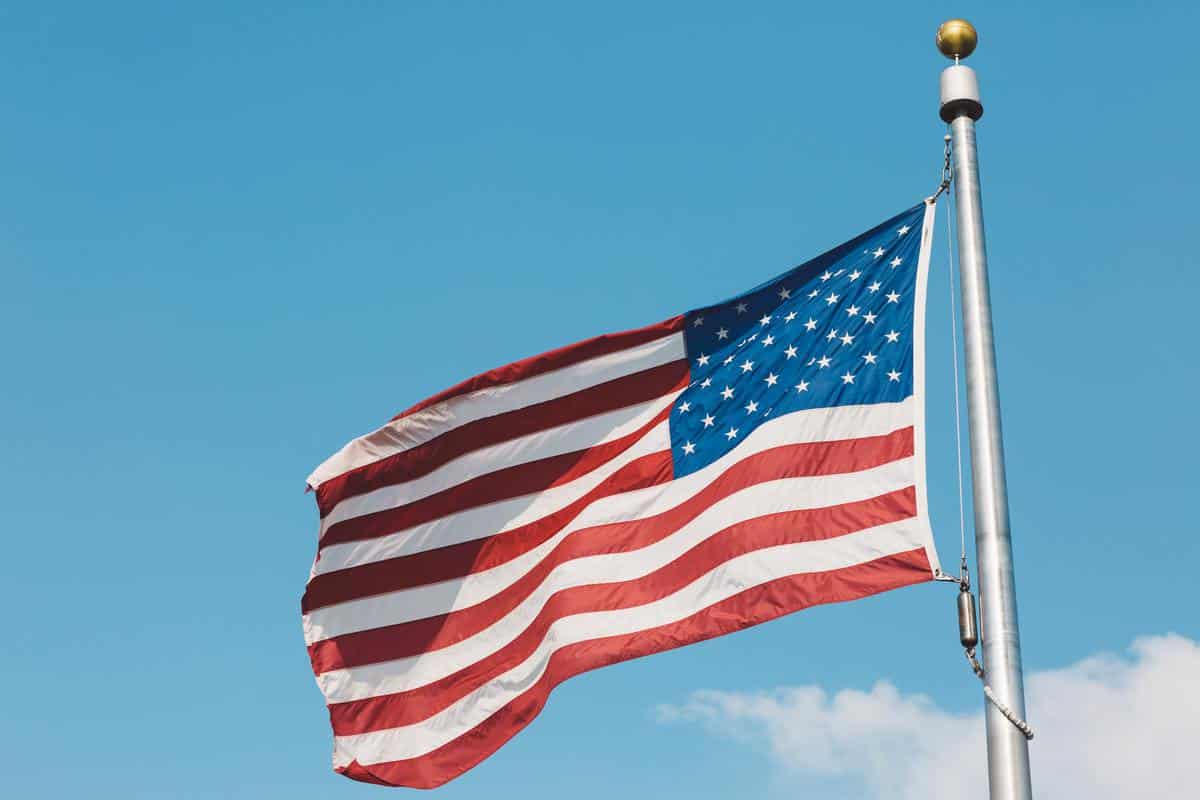Washington: The US death toll from the coronavirus topped 200,000 on Tuesday, a figure unimaginable eight months ago when the scourge first reached the world’s richest nation with its sparkling laboratories, top-flight scientists, and stockpiles of medicines and emergency supplies.
It is completely unfathomable that we’ve reached this point, said Jennifer Nuzzo, a Johns Hopkins University public health researcher.
The bleak milestone, by far the highest confirmed death toll from the virus in the world, was reported by Johns Hopkins, based on figures supplied by state health authorities. But the real toll is thought to be much higher, in part because many COVID-19 deaths were probably ascribed to other causes, especially early on, before widespread testing.
The number of dead in the US is equivalent to a 9/11 attack every day for 67 days. It is roughly equal to the population of Salt Lake City or Huntsville, Alabama.
And it is still climbing.
Deaths are running at close to 770 a day on average, and a widely cited model from the University of Washington predicts the overall US toll will double to 400,000 by the end of the year as schools and colleges reopen and cold weather sets in. A vaccine is unlikely to become widely unavailable until 2021.
The idea of 200,000 deaths is really very sobering, in some respects stunning, Dr. Anthony Fauci, the government’s top infectious-disease expert, said on CNN.
The figure reflects America’s unenviable spot, which it has held for five months, as the world’s leader by far in sheer numbers of confirmed infections and deaths. The US has less than 5% of the globe’s population but more than 20% of the reported deaths.
Only five countries Peru, Bolivia, Chile, Spain, and Brazil rank higher in COVID-19 deaths per capita.
All the world’s leaders took the same test, and some have succeeded and some have failed, said Dr. Cedric Dark, an emergency physician at Baylor College of Medicine in Houston who has seen death firsthand.
In the case of our country, we failed miserably.
Blacks, Hispanics, and American Indians have accounted for a disproportionate share of the deaths, underscoring the economic and health care disparities in the US.
Worldwide, the virus has infected more than 31 million people and is closing in fast on 1 million deaths, with over 965,000 lives lost, by Johns Hopkins’ count, though the real numbers are believed to be higher because of gaps in testing and reporting.
For the US, it wasn’t supposed to go this way.
When the year began, the US had recently garnered recognition for its readiness for a pandemic. Health officials seemed confident as they converged on Seattle in January to deal with the country’s first known case of coronavirus, in a 35-year-old Washington state resident who had returned from visiting his family in Wuhan, China.
On February 26, President Donald Trump held up pages from the Global Health Security Index, a measure of readiness for health crises, and declared: The United States is rated No. 1 most prepared.”
It was true. The US outranked the 194 other countries in the index. Besides its labs, experts, and strategic stockpiles, the U.S. could boast of its disease trackers and plans for rapidly communicating lifesaving information during a crisis.
The leadership of the US Centres for Disease Control and Prevention was respected for sending help to fight infectious diseases around the globe.
But the stealthy coronavirus slipped into the US and spread undetected. Monitoring at airports was loose. Travel bans came too late. Only later did health officials realize the virus could spread before symptoms show up, rendering screening imperfect.
The virus swept into nursing homes, which suffered from poor infection control, where it began claiming lives, now numbering more than 78,000.
It also exploited inequalities in the United States: Nearly 30 million people in the country are uninsured, and there are stark health differences among racial and ethnic groups.
At the same time, gaps in federal leadership led to shortages of testing supplies. Internal warnings to ramp up production of masks were ignored, leaving states to compete for protective gear. Governors led their states in different directions, adding to public confusion.
Trump downplayed the threat early on, advanced unfounded notions about the behavior of the virus, promoted unproven or dangerous treatments, complained that too much testing was making the US look bad, and disdained masks, turning face coverings into a political issue.
On April 10, the president predicted the US wouldn’t see 100,000 deaths. That milestone was reached on May 27.
Nowhere was the lack of leadership seen as more crucial than in testing, a key to breaking the chain of contagion.
We have from the very beginning lacked a national testing strategy, Nuzzo said. For reasons I can’t truly fathom we’ve refused to develop one. Such coordination should be led out of the White House, not by each state independently, she said. We aren’t going to restore our economy until every state has this virus under control.”
The real number of dead from the crisis could be significantly higher: As many as 215,000 more people than usual died in the US from all causes during the first seven months of 2020, according to CDC figures. The death toll from COVID-19 during the same period was put at about 150,000 by Johns Hopkins.

